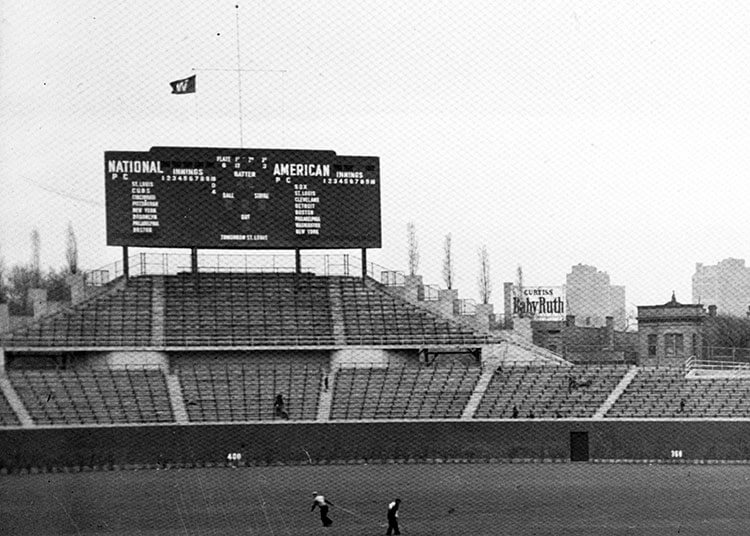When the Chicago Cubs win, the main sight around Chicago is a storm of white flags bearing a plain blue “W” on them. But the casual fan may not know why.
The origin of the Cubs “W” Flag has simple roots, coming to fruition in the late 1930s. Beginning between 1937 and 1938, a flag bearing the “W” would be raised over the scoreboard following a Cubs win, while a flag with the letter “L” would fly if the Cubs lost.

It began as a way for Wrigley Field staff to let Chicagoans know the result of that day’s Cubs game, whether they were passing by the stadium on foot or traveling on public transit. Before fans could check the Internet, social media or even a transistor radio, the raised flag was their way of finding out the Cubs’ fate that day. Right after a win by the Cubs at Wringley Field, the white flag with blue W is raised above the center field scoreboard. The next morning, the flag is taken down during the morning commute hours, which give all Cubs fans the chance to know if their favorite cubbies have won the game.
In the 80 years since, the “W” Flag has become a central symbol for Cubs fans, just as much as the brick and ivy outfield walls or the outfield bleachers. It’s still used in the traditional sense – flown above the scoreboard, on cars or front porches of Cubs fans after a win – but has transcended its intended meaning to become an insignia of Chicago Cubs fandom.
The “W” Flag is no longer just a symbol to signify whether the Cubs won. It’s a rallying cry, a signal of Cubs pride worn on t-shirts and hoodies and emblazoned anywhere that Cubs fans are.
